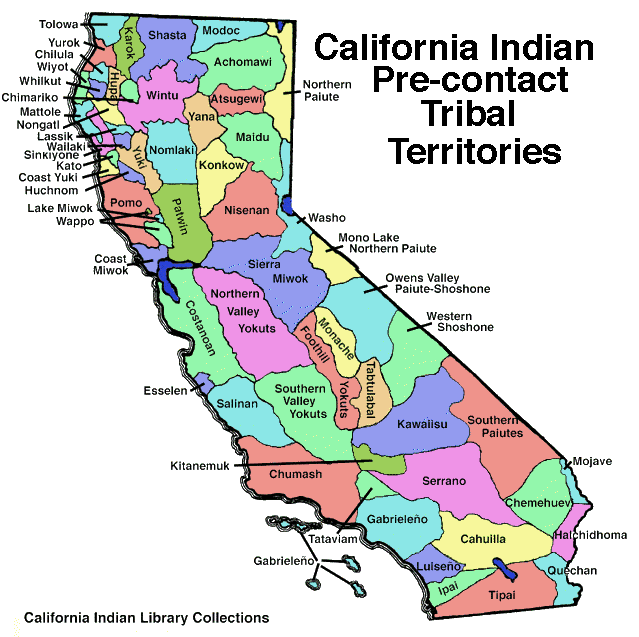ALL cultures that are now in game are in the database. That is over 400 cultures.
I have redefined all of those to fit into a category, that is purely for organization, there are no changes in code.
I am a proponent of the idea that we SPLIT the peoples category from the culture project.
Instead we can use these to provide the first option for civilizations.
For example, you start as the BLUE PLAYER, and you choose (or build) 'CELTS' when you get to a certain point.
The first option should be the bigger groups of people, like 'Celts' or 'Han Chinese'.
Smaller groups, like the Picts or Aka we can make a culture.
If this is a good idea, we should pick the PEOPLES that we want to form the base for playable civs.
And make sure each region has a few options.
I still think we should start with 12,15 or 16 regions. Firstly because too many regions defeats the purpose and secondly, so we can divide the map in a 4x3, 5x3 or 4x4 grid should that be necessary.





